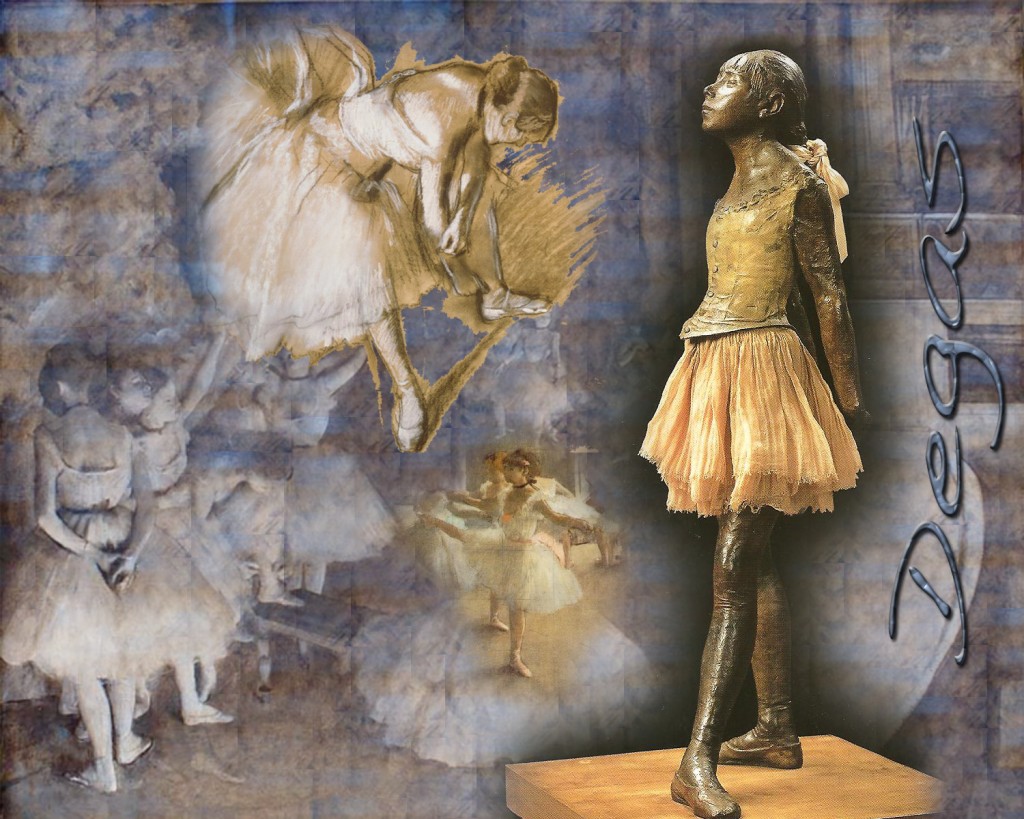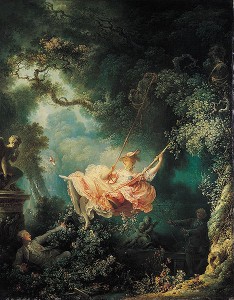Well, mostly finished, mostly.
Of course, we finished lining the edge of the path with cobble stones in pretty short order after our last post.
But we had no intention of leaving the rest of it just dirt. I’ve been doing tons of research pretty much since we started removing the old landscaping rock over a year ago about low-maintenance, low-water plants that would be suitable. We ultimately decided to go with a Mediterranean look, since California is a Mediterranean climate and those types of plants should thrive here without much tending.
If you’ve been reading for a while, you know that we already had grapes planted, so that worked out great with our theme. We also got five half wine barrel planters last summer from a Sonoma-area winery thanks to Steve’s parents, who live in the north bay. (I highly recommend going to a winery for barrels if that is feasible, rather than paying $40+ at HD, Lowes, or other hardware stores. Our cost was significantly less.) We planted rosemary and lavender in them, with some creeping thyme as ground cover between them, and then didn’t blog about it.
Another thing we didn’t blog about is happening on the other side of the yard. We planted lamb’s ear (stachys) and some purple salvia of unknown species, which hasn’t flourished quite as much as the lambs ear.
The more recent additions include blue fescue (fesctuca glauca), blue oat grass (helictotrichon sempervirens), yarrow (achillea millefolium), euphorbia, artemesia, dusty miller (senecio cineraria), campanula, sedum, rue (ruta graveolens), daylily (hemerocallis), snapdragons (antirrhinum majus), curry plant (helichrysum italicum), phormium, artichokes, and culinary sage and oregano. There are also two tomato plants Steve’s mom gave us, but those are temporary for the summer. Pretty much everything else we chose is a perennial, so we won’t have to replant every years.
Finally, with the help of our friends Abby and Roxanne, we put mulch over the whole thing. Well, mostly the whole thing, mostly. There are a few areas left un-mulched because (1) after running out of mulch the second time I did not want to go back to the store and (2) I’ve ordered a few other things that are going to ship in the fall that will be planted in some of the uncovered areas.
So how are we just mostly finished, if there is nothing more to plant until my order arrives in the fall? Irrigation. I originally planned for no irrigation. I don’t think Steve was on board with this, and in retrospect, he was right. The majority of the plantings won’t need anything but rainwater once they are established. I thought we could live with watering them by hand until the rain comes and by next summer, they won’t need the water. That’s been going on a week or two now, and let me tell you, it takes forever. So a drip system is going in, even if it is temporary. Plus, I have since learned that even though native climate plants will not die with no additional water, they will really thrive if they do get it. So maybe it won’t be temporary.
© 2011 The Beehive All Rights Reserved

























